Gold is one of our favorite elements and has been associated with mystery and luxury throughout history. It has been used to honor leaders, highlight wealth and has been an integral part of human existence for over 5000 years. This material has been discovered by humans on every continent except the icy land of Antarctica.
It is often surprising to find out that humans have only collected a relatively small amount of gold. In fact, every piece of gold mined since the beginning of human activity would fit into sixty semi-trailer trucks.
This mineral is more than a simple symbol of beauty and power; it also has many other uses. It is an excellent electrical conductor, soft enough to be molded into different shapes, and unlike many other metals, does not tarnish. This has resulted in gold being key to a variety of different industries.
Gold can be stored in many ways and often when it is a financial asset it is stored as a bar. Interestingly, gold bars are not made from 100% gold and often contain very miniscule amounts of other metals, like copper or platinum. This is due to the malleability of gold as without extra metals, the material would be too soft to hold its shape.
Where does Gold come from?
Gold is an element, meaning it is a finite resource that was not created by humans, and it most probably formed when stars collided many years ago. The largest area containing gold is within the oceans where it surrounds vents from undersea eruptions that have deposited this mineral onto the sea floor.
It is thought that when our planet formed, gold sunk to the earth’s core, which is why such a large amount of gold is found around areas with increased volcanic and tectonic activity.
South Africa has the largest known land-based gold deposits in the world, and an astonishing 40% of all gold has been mined from one specific location, Witwatersrand. There are many other countries that contain large amounts of this precious metal, often situated along the ring of fire, or around areas where gold has been transported by rivers.
Top 10 Countries with the Largest Gold Reserves
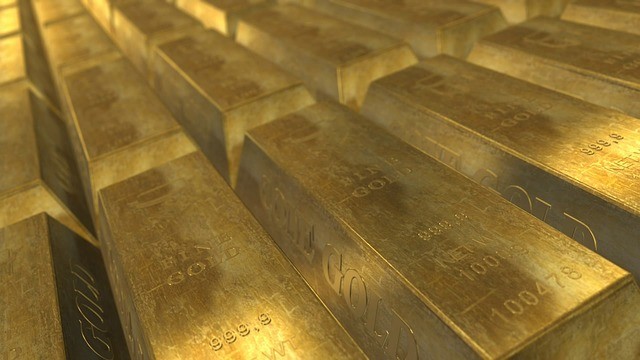
1. United States of America
The US has the largest gold reserves out of any country in the world with nearly 8,200 tons. In fact, the US has nearly as much gold as the next three countries combined. It is mostly stored in the Federal Reserve Bank of New York which contains the biggest collection of monetary gold in the world.
Gold stored in the US dramatically increased during World War II as countries looked to find a safe place to store their reserves. In the mid-1900s there was an idea to create a universal foreign exchange system within over 40 countries to encourage international trade and stabilize currencies. This resulted in the US exchanging dollars for housing gold, and significantly increasing their reserves.
2. Germany
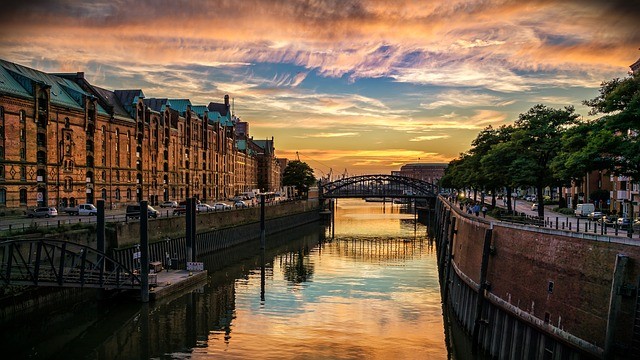
With an adoration for gold, Germany has the second largest reserve in the world. This totals at around 3,300 tons, which are stored mostly within Germany, but large amounts remain in the US and the UK. This nation places a high value on physical wealth with a preference for gold and paper money, as opposed to electronic currency.
It is interesting that Germany ranks second on this list as after World War II, Germany had next to no gold in its reserves due to reparations payments. Since this time, they have utilized the exchange system mentioned above to build their reserves again.
3. Italy
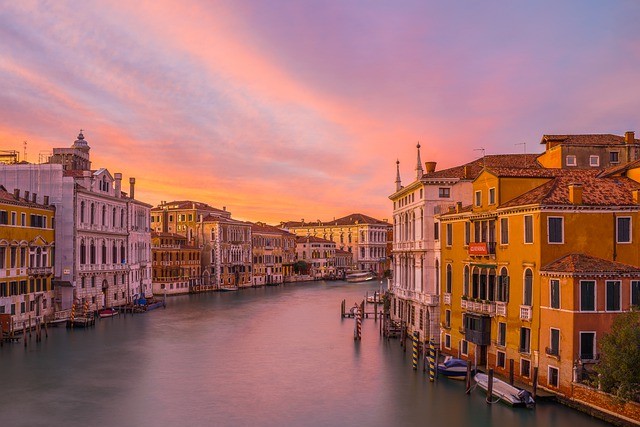
Gold serves to highlight and preserve the financial stability of Italy, and their reserves of almost 2,452 tons are a representation of the elegance of this country. Their gold reserves were estimated to be worth 120 billion euros in 2021, with the majority being stored in Italy, closely followed by the US, with smaller amounts stored in Switzerland and the UK.
There has been controversy in Italy as their historic relationship with gold was put under pressure when the state looked to pass a bill to take control of the gold reserves, over the Bank of Italy. In 2019 it was suggested this was to make profit from the gold to assist with the country’s financial problems, but this was highly contested and the bill did not pass.
4. France

France is only trailing Italy by 16 tons with the amount in the gold reserves, which totals 2,436 tons. This is a prime example of the role gold reserves play as a reflection of the strength and stability of a country, as well as directly reflecting its wealth. If you consider the total gold reserves in France in relation to their population, technically each individual indirectly owns 38 grams of gold.
France made a big statement by removing their gold reserves from the US to return them to their own country. This resulted in a dramatic end to the universal foreign exchange system that traded gold for dollars.
5. Russia
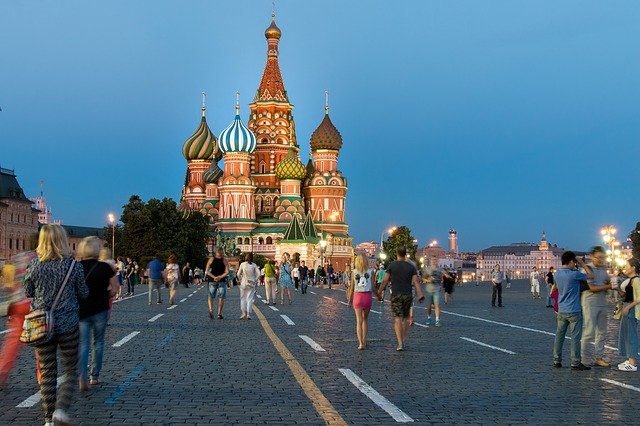
Recently, Russia overtook China as the country with the 5th largest gold reserve, sitting at 2,295 tons. Russia’s aim to increase their gold reserves had a political motive, as the country aimed to reduce the number of US-owned investments and instead buy gold stores. They now hold more gold than US dollars.
This country is in a unique position, where it has the second largest unmined gold reserves in the world. This could allow Russia to increase their gold reserves exponentially, as the amount of unmined gold would be worth billions of dollars.
6. China

The amount of gold in reserves in China sits at 1948 tons, yet as a country they mine the most gold in the world. In fact, China has held the title of the largest producer of gold since 2007.China also has one of the largest economies in the world, having 3.2 trillion dollars in foreign exchange holdings, yet gold appears to only make up 3% of this amount.
These figures do not appear to correlate with this relatively low amount of gold reserves. There are thoughts that China has more gold reserves than the US but does not disclose this information.
7. Switzerland
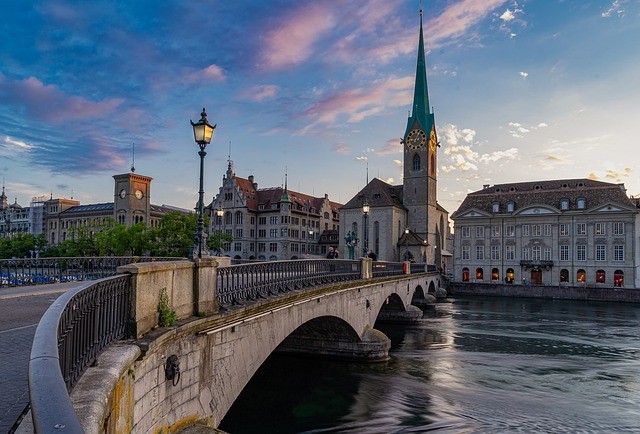
A comparatively small country compared to those listed above that has 1040 tons in gold reserves. This wealthy country previously sat higher in the rankings, but due to financial downturns, gold reserves were sold.
The citizens of Switzerland called for a change in the constitution in 2011 to ensure that all gold reserves were kept physically within the country and that no more could be sold. There was a lack of transparency about the sale of gold reserves between the people of Switzerland and the government, and although this movement was blocked, it resulted in an increase in information sharing. Now 70% of Switzerland’s gold is stored in the country, and around 30% in the UK and Canada.
8. Japan

Japan has gold reserves totaling 846 tons, which is a modest amount considering their rich history with this rare material. Gold has been utilized in the country for thousands of years where it is naturally abundant due to volcanic activity surrounding this country.
The practice of mining for gold was halted after World War II, despite Japan having a large amount of this element within its lands, and more recently Japan has allowed foreign companies to mine for gold. During the COVID-19 pandemic, Japan sold a small amount of it’s gold reserves due to financial pressures and impacts to the economy.
9. India

India currently has 754 tons of gold reserves, but this is a number which will continue to grow. In recent years India has bought significant amounts of gold; in 2009 they bought 200 tons and more recently in 2021 they bought 77 tons, which put them as the second largest buyer in the world for that year.
There are reports that India is aiming to increase their gold reserves by 10% in the near future, as gold serves to be an important asset during times of economic crisis. This a tactic that many countries are adopting, but none more so than India.
10. The Netherlands
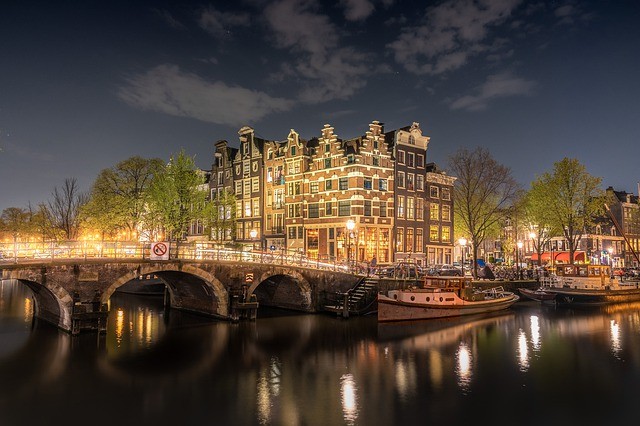
The amount of gold reserves within this country is another surprise, as for their relatively small size, they have more gold reserves than the UK, Canada, Portugal, and Spain.
In a similar fashion to some of the other European countries like Germany and France, the Netherlands looked to repatriate a portion of their 612 ton gold reserves, which were held in New York. Transporting gold worth billions of dollars from the US to the Netherlands was not a small feat and was a bold success story for the country.
Gold is a highly coveted resource, that is used within a multitude of different aspects of human life through technology, medical care, aerospace engineering and as a key monetary asset. It is found across the world and mined using various techniques, as the demand for gold continues to rise. It is a unique and reliable material that has been a focused human obsession for thousands of years, one which is unlikely to end anytime soon.




